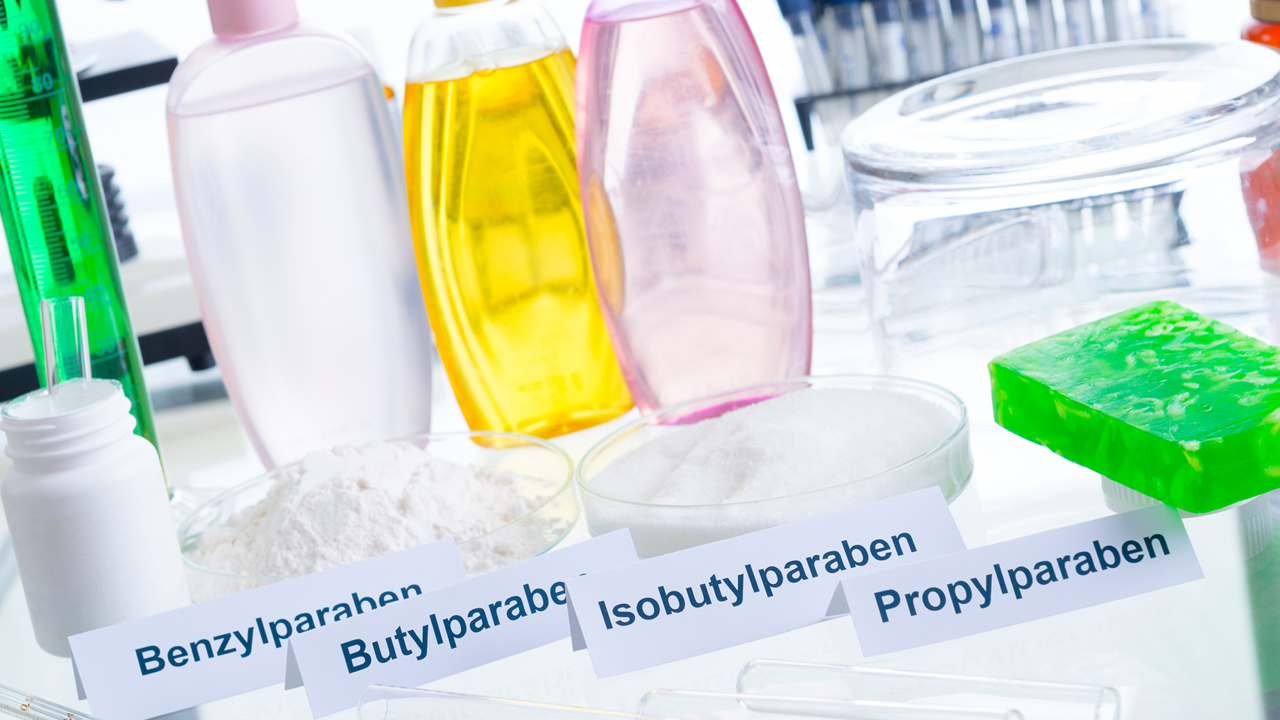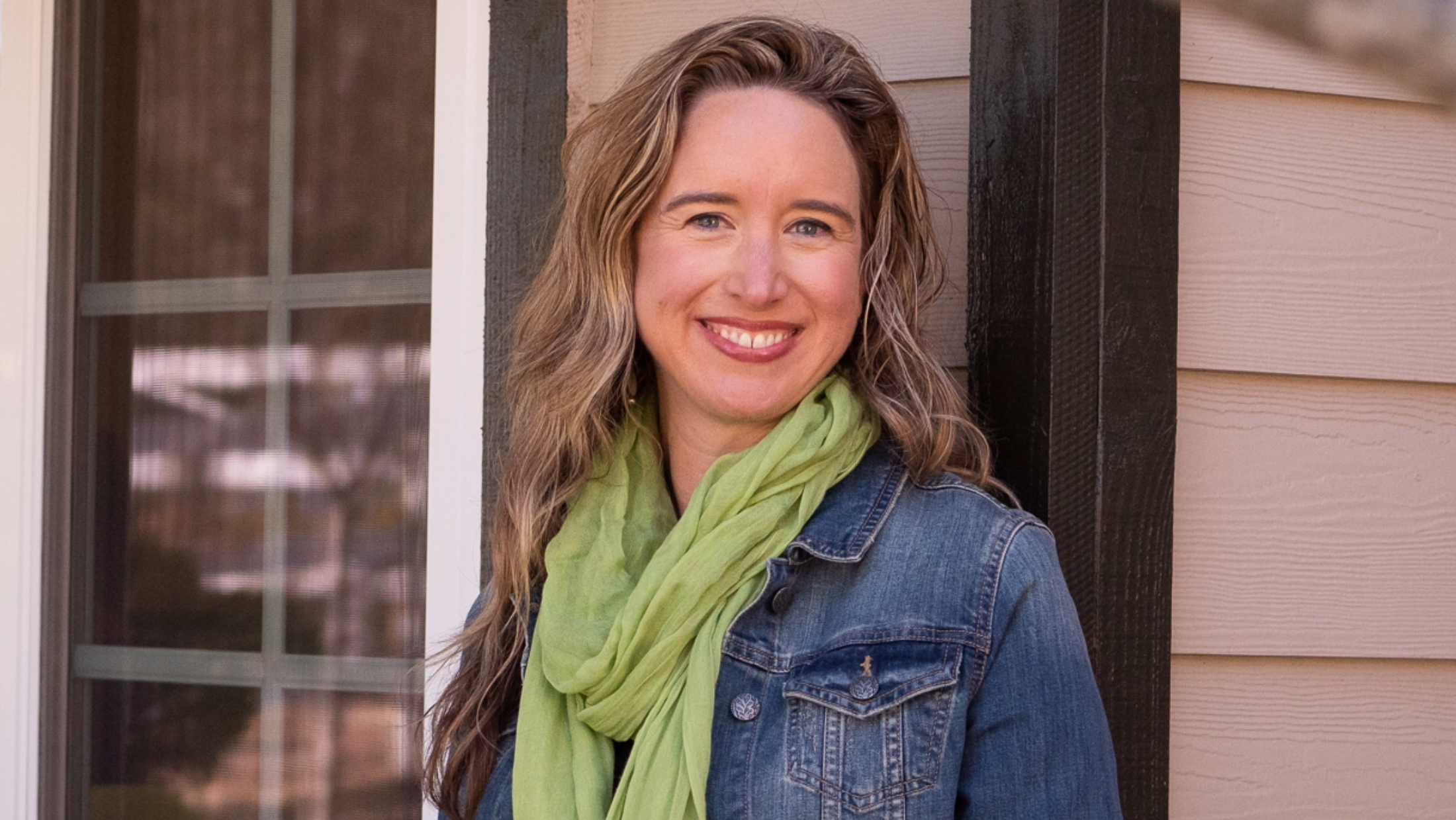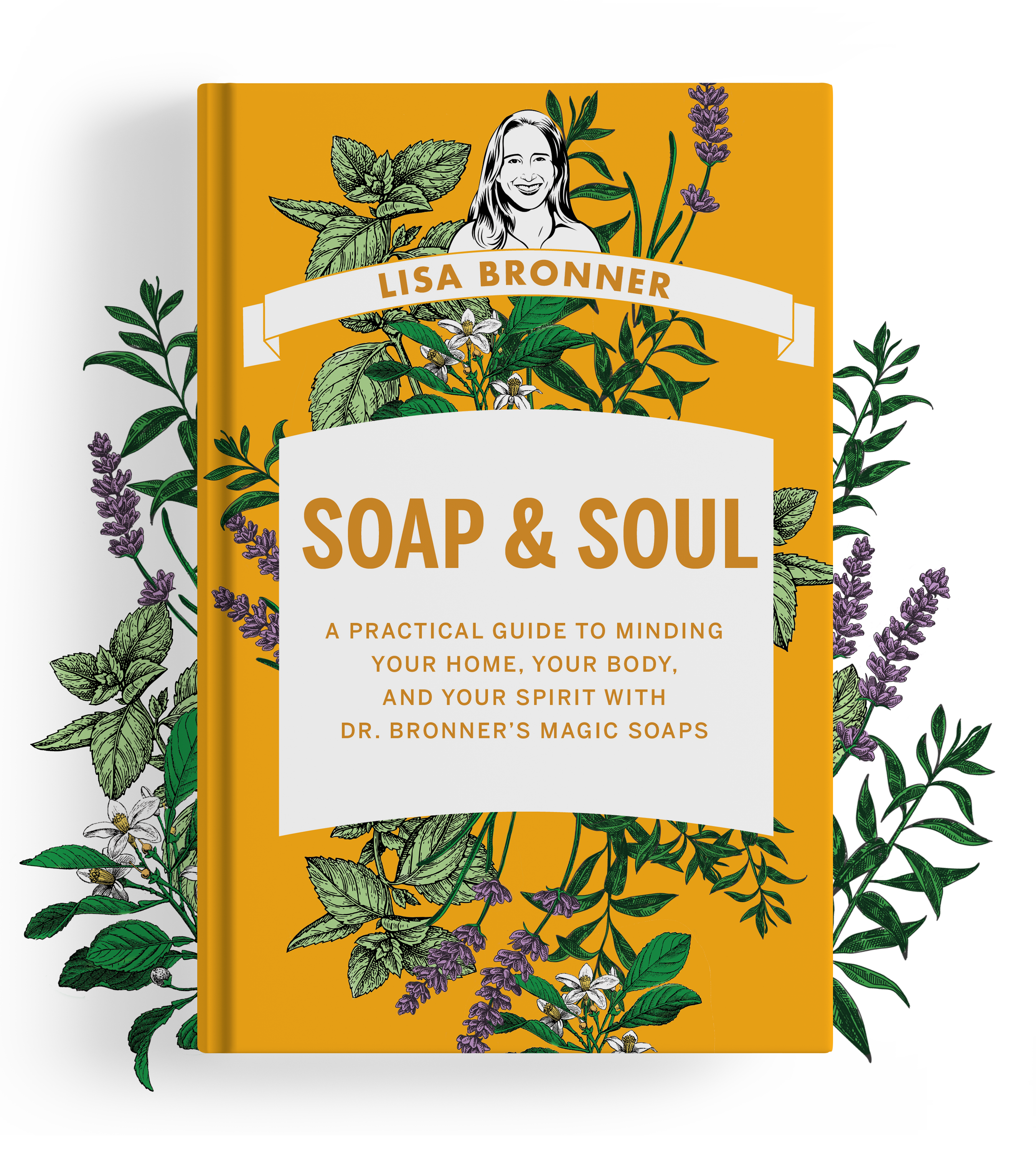
As I mentioned in my Sodium Lauryl Sulfate (SLS) post, consumers have had an accurate sense that bodycare companies are lying to them. For too long, many companies have taken advantage of the trust and ignorance of their consumers. By in large, companies are not looking out for the well-being of the consumer. In general, I am not a cynic, and there are definitely some fabulous exceptions to that statement (Dr. Bronner’s, e.g). However, a consumer’s only reliable defense is to keep informed, ignore advertising, and read ingredients.
There is a lot to learn about ingredients, and what I have to say here is really only the tip of the iceberg. However, I want to point out one group of ingredients I call the “-eth’s” . You’ll see these in many bodycare products, both conventional and “natural”, and in household cleaners. These ingredients have the syllable “-eth” somewhere in their name – Sodium Laureth Sulfate (SLES), Sodium Myreth Sulfate, Polyethylene glycol, for example. This indicates that a process took place called ethoxylation.
As I mentioned in my last blog, the confusion about SLS could possibly have been and understandable mix-up with SLES. Even if this were the case, I still think disreputable marketers took full advantage of the mistake. Although there is obviously some similarity in the make-up of these two chemicals, the cancer concern is only relevant to SLES, as I explain below. The difference is in the “eth”.
The relevant thing to know about this mouthful of a process is that ethoxylation makes a byproduct called 1,4 Dioxane. 1,4 Dioxane is not considered an ingredient when it is a byproduct of the manufacturing, so you won’t see it listed on any labels. However, it’s so bad that it earns the Prop 65 warning in California, indicating that it is “known to the State of California to cause cancer” and is suspected by the California EPA as a kidney toxicant, neurotoxicant, and respiratory toxicant. There was a big stink about 1,4 Dioxane a year or so ago when it was found in many, many conventional and even some “natural” soaps, shampoos, and other cleansers and many baby products, all of which contained “-eth” ingredients.
Any product that has an “eth” ingredient has the potential of also containing 1,4 Dioxane.
As I said, the concern of “eth’s” is only a small part of understanding chemical ingredients. Since you can’t trust what companies say about themselves, here are some great third party resources:
- The USDA Organic certification seal. No product with this seal will contain any of these “-eth” ingredients, or other questionable ingredients. It is a very rigorous certification.
- The Skindeep Cosmetics Database run by the Environmental Working Group (EWG) deciphers ingredients in bodycare products. Just type in the product name. Their Guide to Healthy Cleaning does the same for household cleaning products.
Further reading
- 13 Essential Green Cleaning Ingredients
- 12 Personal Care Ingredients to Avoid
- There is no cancer risk from SLS (Sodium Lauryl Sulfate)
This use and many more are in my book, Soap & Soul: A Practical Guide to Minding Your Home, Your Body, and Your Spirit with Dr. Bronner’s Magic Soaps, available now in hardback on DrBronner.com or at your favorite bookseller, and as an eBook and audiobook (read by me!) from wherever you download or listen.








Thanks again, Lisa. There is so much out there to keep up on and you are a God-send in sharing with us. Please keep us in the loop in your awareness journey!
Thank you, Valerie! I’ll keep sharing as I’m learning!
[…] the most common toxic Contaminants at or above 100 ppm, except for 1,4 Dioxane, a probable human carcinogen, which must be disclosed at or above 10 ppm. […]
Hello, I just had a question about the source of the SLS. Although SLS isn’t ethoxylated, there is the possibility of cross contamination if during the manufacturing process the company isn’t cautious and the equipment used in ethoxylation is then used in the manufacturing of SLS. That can cause trace amounts of 1,4-dioxane to be present in the otherwise safe final product. My question is does Dr. Bronners have a chemical analysis done on the SLS they source to ensure no cross contamination has occurred or is it produced by you guys so cross contamination is of no concern?
P.s- sorry for the terribly long explanation before the question.
Hi Victoria- As far as the manufacturing of SLES (not in Dr. Bronner’s products) and SLS (in Dr. Bronner’s Sal Suds), SLES undergoes that one extra ethoxylation step, which is where the possibility of 1,4Dioxane byproduction can occur. Ethoxylation must be done under pressure, which means a different piece of machinery. The SLS would not be contaminated with 1,4Dioxane. For verification, our Sal Suds was included in part of a test for products on store shelves to see which tested positive for the carcinogen. Sal Suds came back clean, which was good to hear, but not a surprise. (https://www.organicconsumers.org/news/natural-consumer-products-found-contaminated-cancer-causing-14-dioxane-groundbreaking-analysis)
[…] Working Group’s Skin Deep Database to get their hazard rating on it. Look for these red-flags: sodium laureth sulfate, often contaminated by the carcinogenic 1,4-Dioxane;[x] Quaternary compounds, asthmagens that […]
[…] are some of my previous posts to help you get started: What I Mean by “Green” Deciphering Soap and Bodycare Ingredients – Beware of the “-eth” Who Gave Soap a Bad Name Sal Suds in a Spray Bottle How to Make A Castile Soap Household Cleaner […]
Thank you for the SLS article and the “-eths” article Lisa and Mike. I didn’t know who to believe but I trust Dr. Bronner products and that he was a good, and honest man and believe that he passed that on to you all. This is so appreciated and will be shared!
Thank you, Lisa, for the info. After years of declining health and spending a ridiculous amount of money on doctor’s, I have been taking a closer look at exactly what I am putting into my body and on my body. This has been a somewhat frustrating transition due to ingredient lists – what is comparatively more ‘natural’ or ‘safer’ vs. product labeling/truth in advertising. Thank you for being honest about your product and for sharing your wealth of knowledge!
Holly – I’m glad you’re looking into this important issue. The main concern with ethoxylated (or “-eth”) ingredients is not the substance itself, but rather what comes with it. When Sodium Laureth Sulfate, for example, is produced, the carcinogen 1,4 Dioxane is also produced. 1,4 Dioxane is an unavoidable contaminent that will be present when SLES is present (or sodium myreth sulfate, or what have you) unless extreme measures have been taken to remove it. I’m not sure it’s even possible to eliminate it entirely. The EWG does classify Sodium Laureth Sulfate as a 3, but it classifies 1,4 Dioxane as an 8:
http://www.ewg.org/skindeep/ingredient/726331/1%2C4-DIOXANE/
Good question on sources. All of the following discuss the issue of 1,4 Dioxane’s presence and problems in cosmetics and personal care:
FDA/CFSAN–Cosmetics Handbook Part 3: Cosmetic Product-Related Regulatory Requirements and Health Hazard Issues. Prohibited Ingredients and other Hazardous Substances: 9. Dioxane
“Proposition 65 List of Chemicals” (PDF). Office of Environmental Health Hazard Assessment. 1,4-Dioxane cancer 123-91-1 January 1988. Archived from the original on 24 May 2010. Retrieved 14 May 2010.
“Chemical Encyclopedia: 1,4-dioxane”. Healthy Child Healthy World. Archived from the original on 29 November 2009. Retrieved 14 December 2009.
Let me know if I can be of further help!
All the best,
Lisa
I’m a recent user of Dr. Bronner products and have been very pleased. I just found your blog and it has been really helpful.
In the last 6 months I’ve avoided SLS since it is listed as a skin irritant (just like you mention in your other post) and my skin has improved significantly.
Have you taken a look at this research on Sodium Laureth Sulfate? I wish you would include sources for the information above. Who says this?
It has been listed by International Journal of Toxicology, Supplement, July 2010 as being very safe. In addition Paula Begoun has been doing research and testing of skin care ingredients for years and agrees.
http://www.paulaschoice.com/cosmetic-ingredient-dictionary/definition/sodium-laureth-sulfate
The only place I see a concern is from the EWG and they rate it as a 3.
http://www.ewg.org/skindeep/ingredient/706089/SODIUM_LAURETH_SULFATE/
Ingredient lists are quagmires. It is definitely tricky to see what’s what. A different ending, or a different prefix can change the whole thing. Let me know if I can help decode something.
All the best,
Lisa
Hi Lisa,
I also want to mention here that there is a new wave of BioEngineered synthetic yeasts that produce a very specific product. Since the yeast itself is not in the product, the products manufactured by these genetically engineered yeasts do not have to add GMO label on their products.
Stevia, vanilla are top two products currently being manufactured/engineered by these synthetic yeasts. I call this GMO 2.0
My eyes have been deceiving me. I will look closer at
spelling of laureth or lauryl, to know LAURETH is the ‘bad one’.
I have been rejecting lauryl products, not noticing the spelling
difference,and thus, rejecting ALL similiar spelling products.
Thank you so much.
Another good third party resource is http://www.goodguide.com. The site (and the app) makes it easy to compare products based on their effects on health, the environment and society.
Thank you for the information. All the time I thought I was doing good for my children buying “natural” products at a premium price, I now feel guilty for not doing my research sooner.
[…] the problem. All the bad guys I mentioned in my post about ingredients are in shampoo. Common among them are SLES and other –eth’s. (linked to the carcinogenic […]
Very helpful. I sat down and looked at all my “healthcare products” and was amazed at all the “eth” in them. Also found SLS in my toothpaste. Knowledge is half the battle. Being asthmatic, I had always wondered why despite good medical care, I seemed to have increasing problems as the years go by. Too many respiratory toxicants perhaps? Am making good use of Dr Bonner’s soap these days and loving it. Eucalyptus is my favorite.
Thanks again Lisa for wonderful, relevant information. My family is new to Dr. Bronner products, but we sure love them!
Thank you for the information!